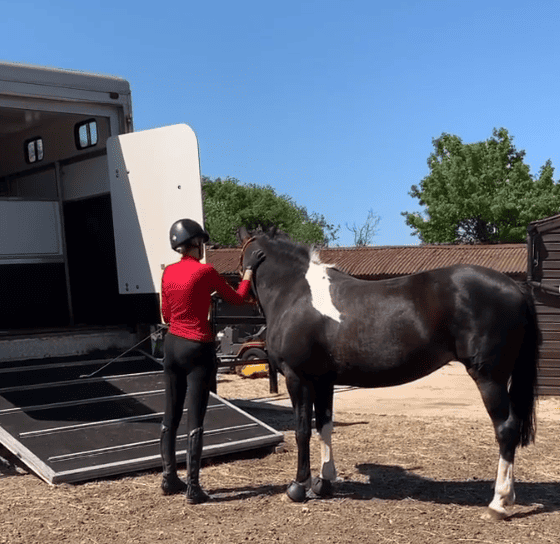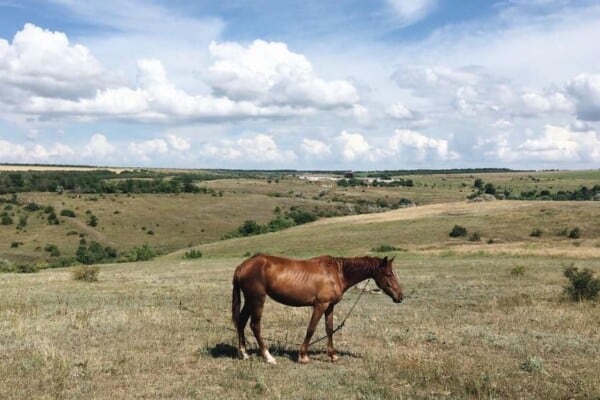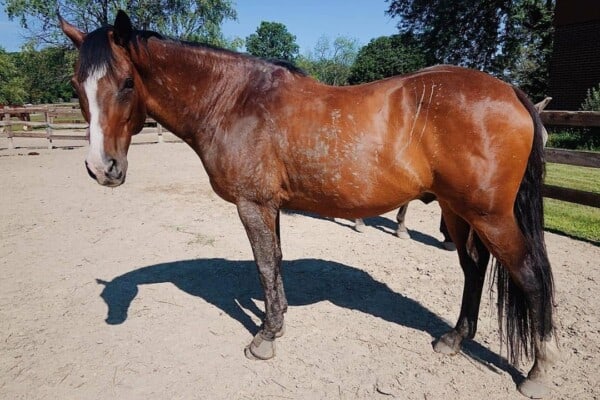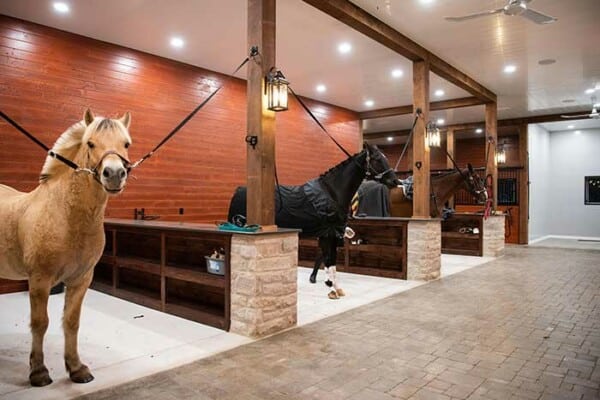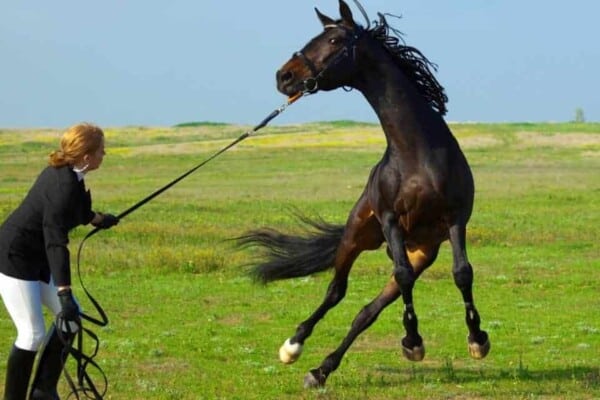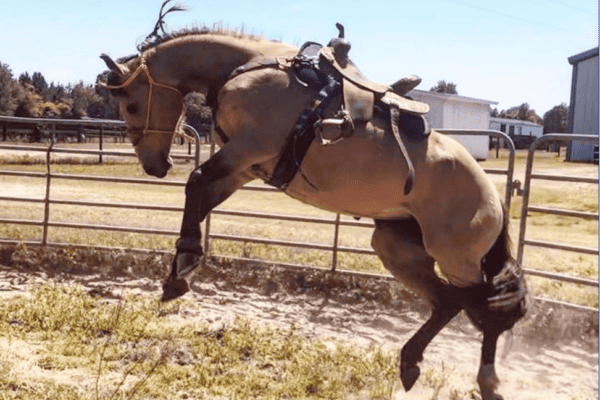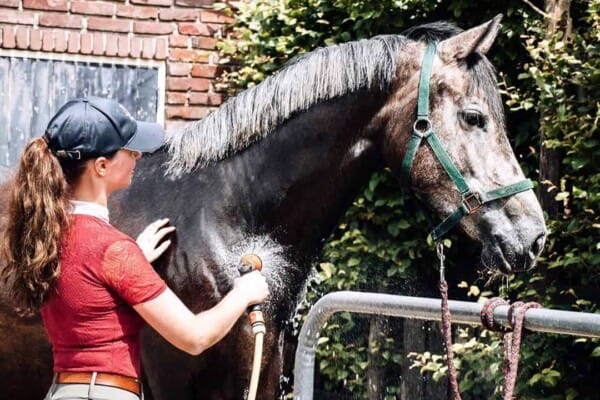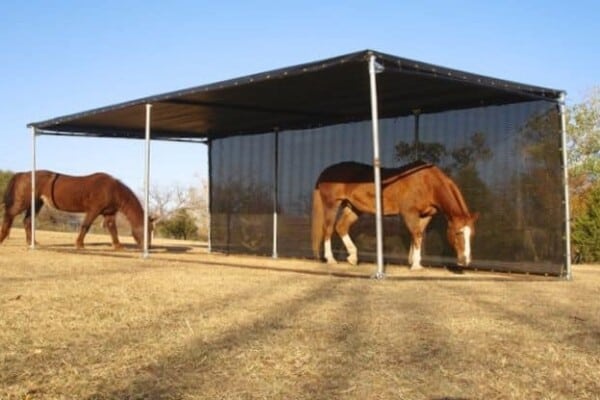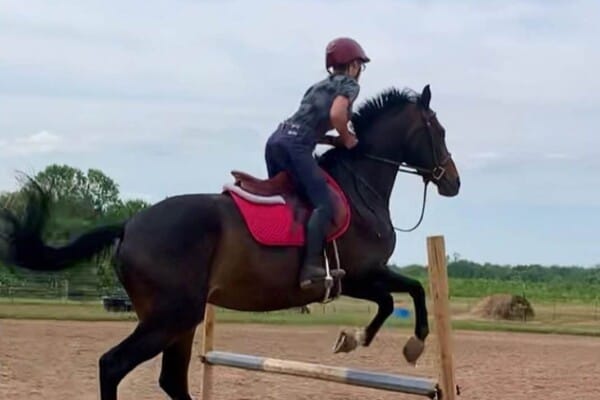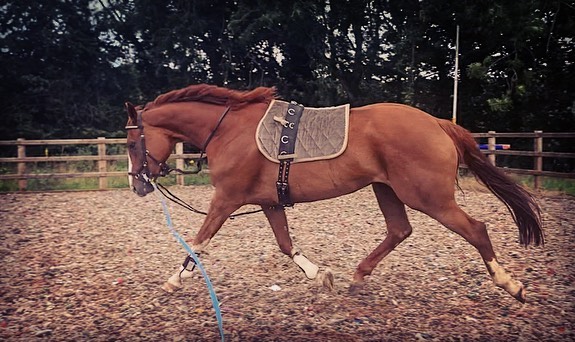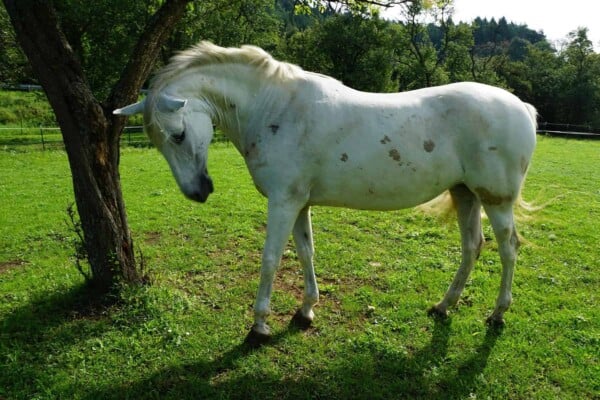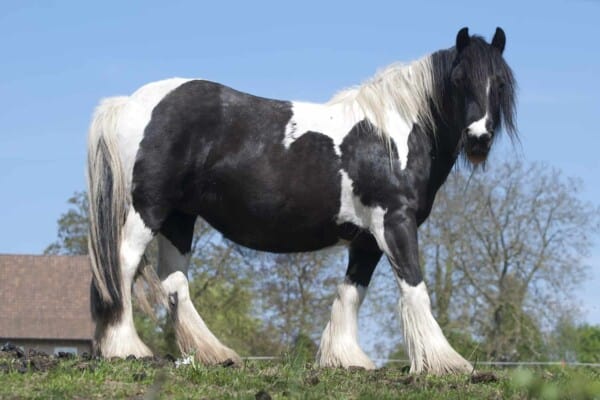How well a horse loads and travels is always a key consideration at purchase, after all, if the horse won’t travel happily then this can cause huge issues if you want to train or compete or even just go to the vets.
Why are some Horses Difficult to Load?
There are lots of reasons why horses are difficult to load and some of these include:-
- A poor or inadequate introduction to loading as a young horse
- A previous bad experience which might have been an accident, poor handling techniques or bad driving
- Some horses take exception to certain types of transport and not others so, for example, some horses will not travel on trailers but are fine on lorries
- Some horses simply worry more about loading and travelling than others
Potential Issues
Horses can have issues about lots of different aspects of loading and travelling and it is important to work out exactly what it is that is worrying your horse. Here are a selection of things that horses can dislike or worry about and which may make them reluctant to load or downright impossible:-
- Walking into a confined space that is darker than outside
- Walking on ramps which are hollow
- Loading on steep ramps
- Turning round in the lorry to come down the ramp
- Needing a narrower or wider space – some horses need the entire area of the trailer and have to travel with the partition out and cross ties
- Struggling to balance when in motion, this is connected to how horses travel and the space they need but it can make some horses refuse to load at all
13 Tips to Help You Load a Difficult Horse
There is a massive amount of information online about how to load difficult horses as it is a very common problem and can be challenging to solve. Here are 13 tips to help you load a difficult horse.
- Put the proper groundwork in place – if the horse will not lead properly in hand and either drags along behind you or barges then he is very unlikely to load onto a lorry or trailer. The horse must respect the handler. It also helps if you have a good bond with the horse.
- Have the right equipment – This needs to be planned in advance. For example some horses need to wear a bridle to load whereas other people use a pressure halter. You might want to lead on a lunge line rather than a lead rope as it is longer and gives you more options if the horse is being difficult
- If nervous ask someone else to load – A naughty horse will immediately play up a handler who is lacking in confidence, a nervous horse will become even more worried
- Try and identify what is specifically worrying your horse – it could be easy to resolve like leaving the front of the trailer open for light whilst you load or taking the central partition out
- Always park the vehicle in a safe and sensible location so that both the horse and the handlers are as risk-free as possible. Parking near a wall can help block off one route of escape or use the corner of a field or arena. It is important that the footing around the vehicle is level and not slippery
- Line up so Horse Faces the Ramp – Whatever the issue, always try to keep your horse facing the ramp and not turning away from it – the same principle which applies to jumping. You are over halfway there if you can keep the horse straight and facing the vehicle
- Get Somebody to Help You – If you have a tricky loader then you will need help as it is almost impossible to do it alone and it is certainly not safe. Ask for help from a quiet and calm horse person, don’t bring the crowd scene, it will just upset the horse and everyone will try and add their opinion which may not help
- Park in a Quiet Location – If you have a horse who is difficult to load coming home, always try and park in a quiet location at the event or show. People often tend to congregate near a difficult loader and start trying to help, it may be well-intentioned but it can cut across what you are trying to do and just add stress to the situation
- Avoid Negative Reinforcement – Don’t train through negative reinforcement, give the horse the options and make him accountable for his own behaviour. Negative reinforcement may work for a while but it won’t last
- Don’t Give Up – Try and stick with it no matter how long it takes
- Change type of transport– Some horses only refuse to load on certain types of transport, this is not necessarily a cheap answer but it can provide a solution
- Use a long rope or line -This allows the horse to move around if he needs to and is ultimately safe if he behaves unpredictably
- Repeat, Repeat, Repeat – Once you have solved the issue you need to solidify the good behavior through repetition
You are not going to solve the problem of a bad loader on the morning that you either want or need to take the horse somewhere. It is better to accept that you won’t be going somewhere for a while and spend time at home trying to resolve the issue.
If you lack experience then find some professional help to assist you, that could be your instructor or a friend who is experienced and competent or there are people who advertise their services specifically as experts to help with problem horses. Make sure you research very thoroughly anyone you don’t know and who is not directly recommended to you by someone you trust.
Top Tips to remember with loading
- Never load in a hurry even with a good loader, take your time and always allow enough time to do the job
- If you are out of depth then get in some professional help, it will ultimately be much quicker and safer
- Try not to make the situation combative no matter how frustrating it becomes – once the horse realises that his size and strength are in his favour, it is very difficult to win the argument

